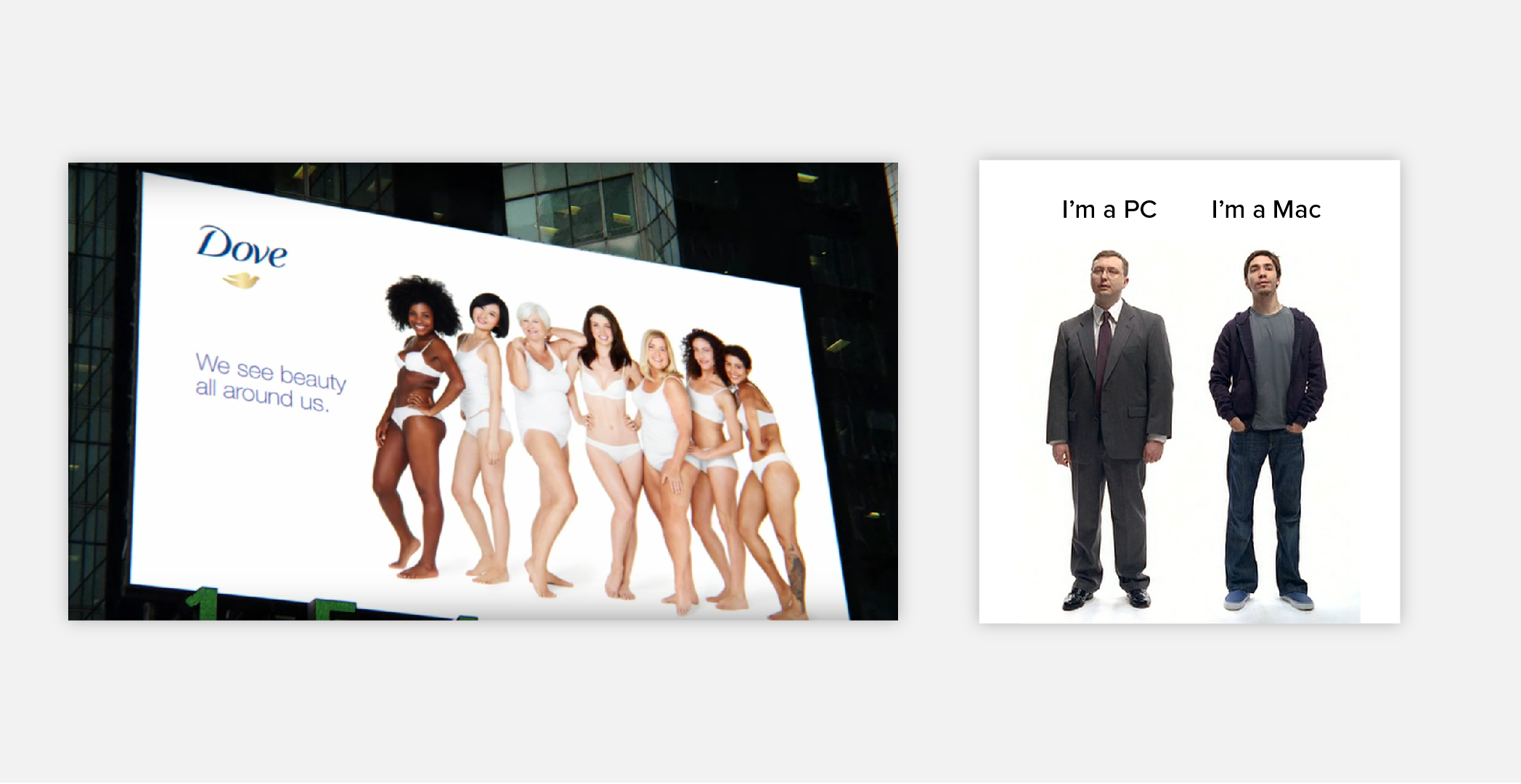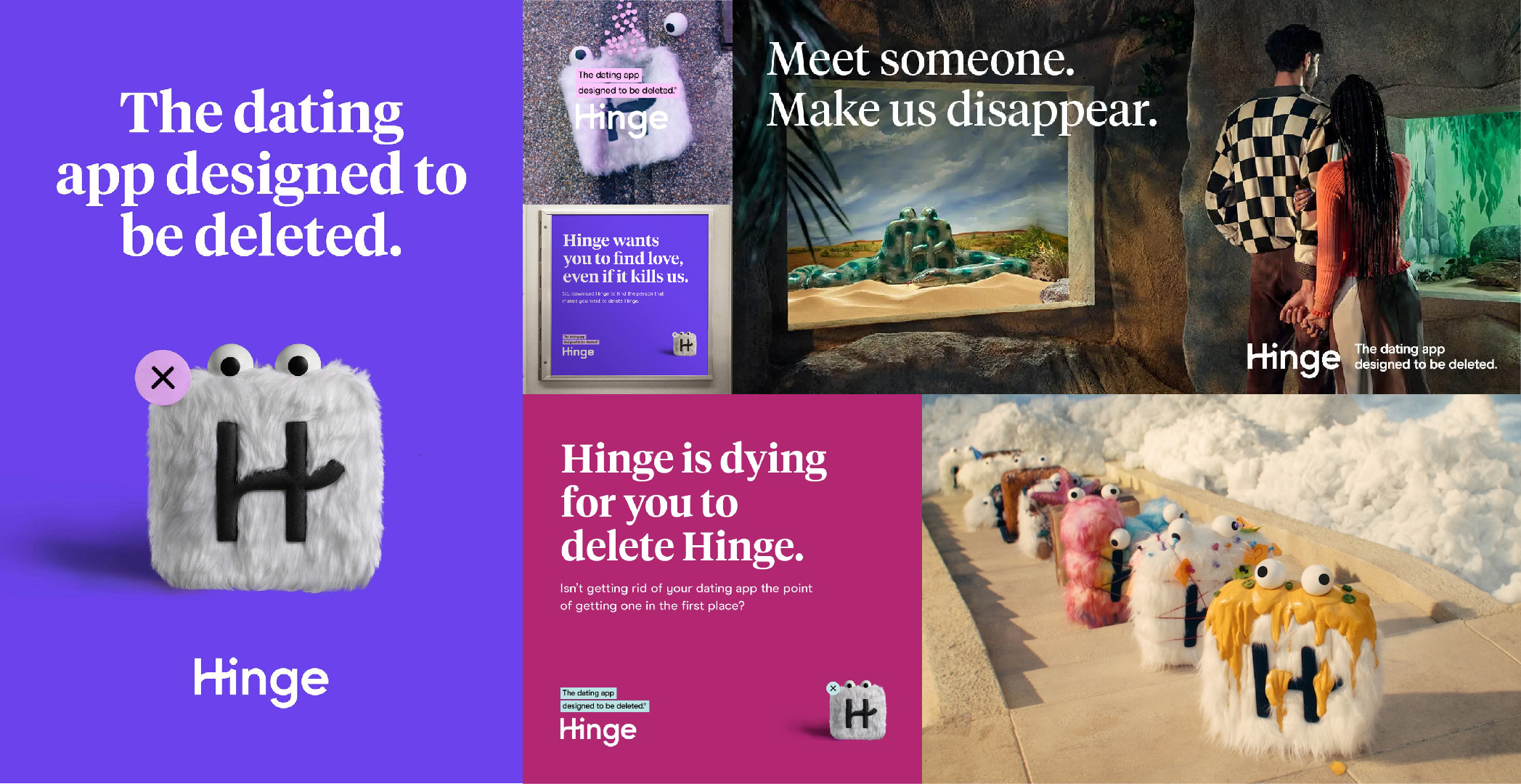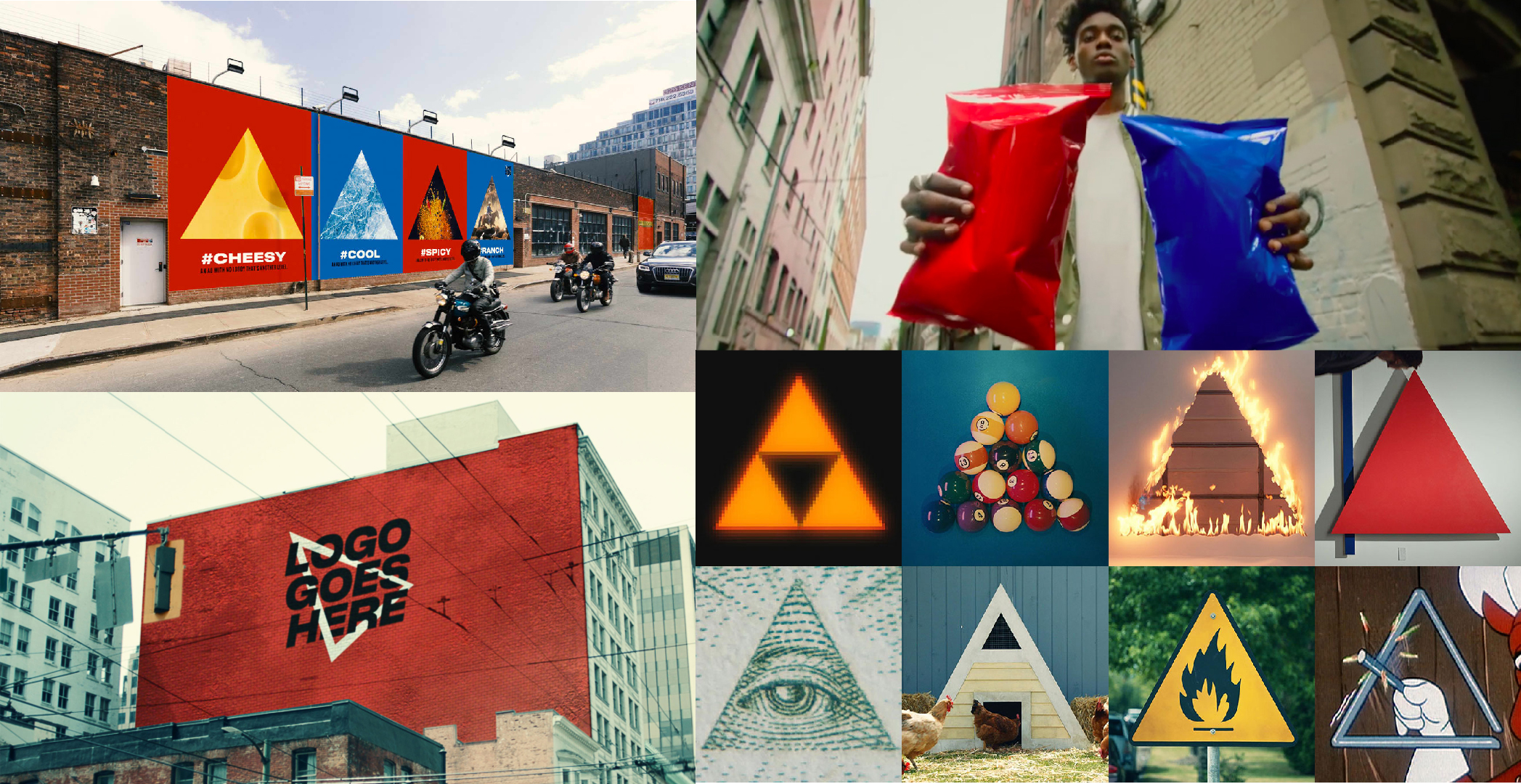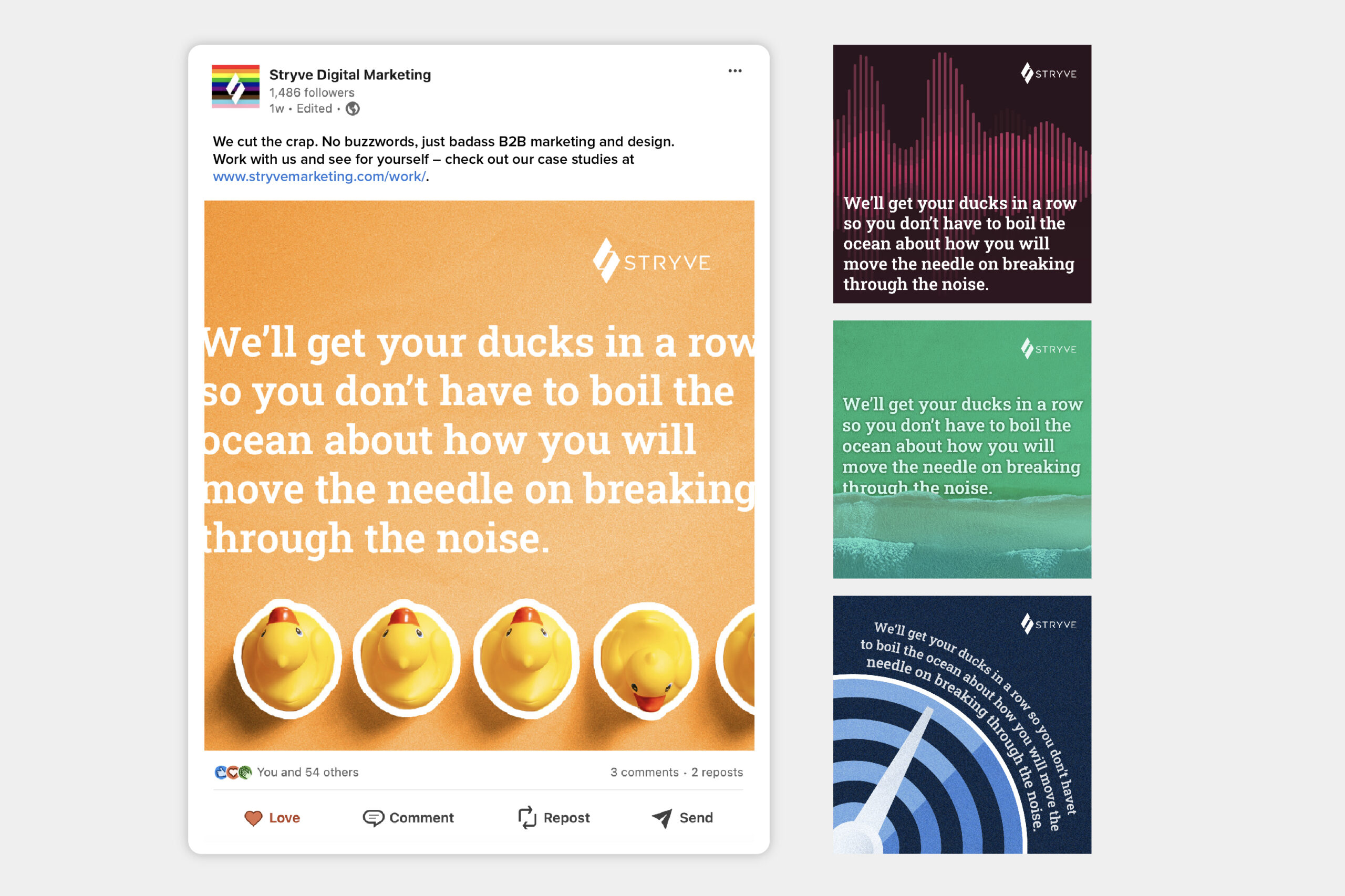Make your marketing memorable with anti-marketing for B2B
By: Bethany Johnston-Baril
June 26, 2024 | Reading Time: 7 mins
How many ways can you talk about your value proposition before it starts to feel repetitive, uninspired, or boring? At some point, coming up with inventive messaging about the same few benefits of your offering starts to feel draining. You need to stand out, be clear about your offering, use language that your audience uses but differentiate yourself from others in your industry. If your messaging is getting stale or worse—not making any impression with your audience—then it might be time to consider anti-marketing.
Anti-marketing offers a refreshing departure from the typical “rules” of marketing. This approach to messaging and design offers a new way to showcase your brand so you can break out of status quo positioning. So what is it exactly?
What is anti-marketing?
Anti-marketing gained popularity in the early 2000s as consumers grew increasingly skeptical of traditional advertising methods. This shift was driven by the rise of the internet and social media, which provided platforms for consumers to voice their opinions and share experiences, both positive and negative.
Anti-marketing is an approach that contrasts traditional marketing strategies. Instead of focusing on aggressive promotional tactics, anti-marketing emphasizes authenticity, transparency, and humour. It aims to build trust and long-term relationships rather than pushing for immediate sales. It plays off of people’s skepticism towards marketing by being in on the joke or going against the grain of “what’s expected”.
Pioneering campaigns like Dove’s “Real Beauty” and Apple’s “Get a Mac” series further cemented the appeal of anti-marketing strategies. As a result, more brands started to adopt these tactics to cut through the noise and build genuine connections with their audiences.

Anti-marketing captures your attention by breaking away from conventional advertising noise and offering something refreshingly different. This approach allows businesses to communicate their values more clearly and genuinely, creating a deeper connection with their audience. Additionally, the unique and often counterintuitive strategies of anti-marketing create a memorable brand image that stands out in a crowded market. This works particularly well with younger audiences, who appreciate authenticity.
The key pillars of anti-marketing
Authenticity and transparency
Anti-marketing emphasizes genuine and transparent communication. Brands focus on being real and honest, often admitting flaws or showing unpolished aspects of their products. This builds trust and resonates with consumers who value honesty over perfection.
Minimalistic advertising
Anti-marketing often adopts a minimalist approach, using simple, clean designs and straightforward messages. This can cut through the clutter of over-the-top advertisements, making the brand’s message more impactful and easier to digest.
Counterintuitive messaging
This strategy involves using unexpected and unconventional messages that go against traditional marketing norms. By suggesting that a product might not be for everyone or downplaying its benefits, brands can create intrigue and attract a more engaged audience. Like using reverse psychology!
Humour and irony
Leveraging humour and irony can set a brand apart from the typical serious tone of most advertising. This approach can make the brand more relatable and memorable, appealing to consumers who appreciate a clever and light-hearted take on marketing.
Anti-marketing campaign inspiration
Hinge
Hinge’s “Designed to be Deleted” campaign is a prime example of anti-marketing, leveraging counterintuitive messaging, minimalism, humour, and ethical practices to create a unique and compelling story.
Unlike traditional dating apps that strive to retain users and encourage constant engagement, Hinge flips the script by encouraging users to delete the app once they’ve found a meaningful relationship. This counterintuitive messaging approach not only captures attention but also sparks curiosity and intrigue.
By promoting the idea of genuine connections that lead to the app’s deletion, Hinge positions itself as genuinely invested in users’ long-term happiness, fostering authenticity and trust. The campaign’s minimalist message, focusing solely on the core value of finding real love, cuts through the clutter of complex and flashy advertisements, making it clear and impactful.
Additionally, the humorous and ironic twist of advocating for its own deletion adds a memorable and engaging layer, appealing to users who appreciate clever and light-hearted marketing. Hinge’s ethical stance is directly in the campaign, suggesting that the app is designed with users’ best interests at heart, prioritizing meaningful relationships over endless engagement and profit. This ethical angle further differentiates Hinge in the crowded dating app market.

Michael Cera + CeraVe
The Michael Cera/CeraVe campaign is another great example of anti-marketing.
CeraVe partnered with well-known Canadian actor Michael Cera in a bizarre yet brilliant move, kicking off the campaign weeks before the Super Bowl. Michael was spotted signing CeraVe products and placing stickers of his face on lotion bottles, sparking curiosity and buzz. He then appeared on Bobbi Althoff’s podcast, where he hinted at founding the skincare company, which generated conversations on TikTok. This buildup was put together in a 30-second Super Bowl commercial, where Michael Cera simply pitches the collab with the CeraVe team.
This campaign worked because it understood its audience, particularly the Gen Z demographic. Unlike most beauty brands which typically feature prototypical models, CeraVe chose an “unconventional” face for this campaign. By creating hype weeks before the official release, using an unexpected yet beloved celebrity, and spreading rumours that went viral on social media, CeraVe captured attention and engagement. The minimalist and authentic approach, paired with Michael Cera’s humour, made the campaign feel genuine and relatable, while the twist went against typical beauty marketing messages.

Doritos ‘No Logo’ campaign
We always say that your logo doesn’t need to be bigger (and even wrote an entire blog about why). In this bold campaign, Doritos removed its iconic logo and brand name from advertisements, packaging, and social media, presenting only the unmistakable triangular chip and colours. The campaign began with minimalist ads featuring plain triangles and the tagline “Another Level,” sparking curiosity and conversations across social media.
The campaign worked exceptionally well because it tapped into several key anti-marketing strategies. By stripping away the logo and brand name, Doritos used counterintuitive messaging that captured attention and stood out from the clutter of traditional advertisements. The minimalist design emphasized the brand’s confidence in its product’s recognizability, creating a strong, memorable impact. Understandably, this wouldn’t work for most B2B brands. You have to reach a mass level of brand awareness in order to be able to be recognizable without your name and logo. However, it’s a great example of going against the grain of traditional marketing.
By trusting its audience to recognize the product without explicit branding, Doritos fostered a sense of inclusivity and brand loyalty. The campaign’s success demonstrates how anti-marketing can effectively disrupt conventional advertising, engaging consumers in a fresh and innovative way.

What does this mean for B2B?
Imagine this: a world where your message isn’t lost in a tidal wave of “synergy” and “leveraging core competencies.” Shocking, right? Anti-marketing lets you “cut through the noise” by doing the unthinkable—being honest, a bit cheeky, and actually relatable.
How can B2B utilize these strategies in their anti-marketing campaigns?
From campaigns to website messaging to immersive trade show booth designs, there are plenty of opportunities for B2B to embrace anti-marketing.
For example, if you are a B2B software company consider a campaign highlighting your software’s straightforward functionality without the bells and whistles. You could use slogans like “We don’t have all the features, just the ones you need.” Or you could publish a blog titled, “Why Our Product Isn’t for Everyone” that can attract clients who appreciate a refreshing change from over-the-top marketing claims.
Several months ago, our team members attended a conference and they noted how every vendor looked the same. They talked the same and made the same buzzword-filled high-level promises (if I never hear about unlocking, unleashing, or supercharging with the power of AI, it will still be too soon!). This made it incredibly difficult to determine what they actually do to gauge if we wanted to stop by the booth. The messaging was too vague and jargon-filled. That got me thinking about how, especially where marketing is saturated and dense like at conferences, there’s a real opportunity to stand out from other booths by being straightforward through anti-marketing.
Putting our money where our mouth is (with a fake campaign)
Anti-marketing campaigns challenge businesses to step outside their conventional marketing strategies and expand their toolkit. With this in mind, I decided to put our theories to the test by developing a fictional anti-marketing campaign that showcased our humour and wit for this blog.
If we were to create an anti-marketing campaign promoting our agency for LinkedIn, what would that look like?
Chances are if you’ve visited any marketing agency website you’ve noticed they all make similar claims to help you “elevate” or “cut through the noise”. Our creative campaign humorously tackles industry jargon by combining over-the-top idioms into an exaggerated expression that showcases our ability to handle it all. With the use of humour and irony, we illustrate that while these idioms may be overblown, we’re fully capable of delivering on each one. It pokes fun at corporate speak which we can all fall victim to and the humour makes it human.

Rethink your approach
I know the term “anti-marketing” can sound negative or intimidating, and you might think it doesn’t fit into your overall business strategy. However, it’s simply another way of thinking and positioning your message to your audience.
Consumer-facing companies are not the only ones who can utilize these strategies. Anti-marketing is a good tactic that can help you break out of the sea of sameness in B2B messaging. It’s an opportunity to surprise and delight in a market where branding may take itself too seriously. B2C shouldn’t have all the fun.

